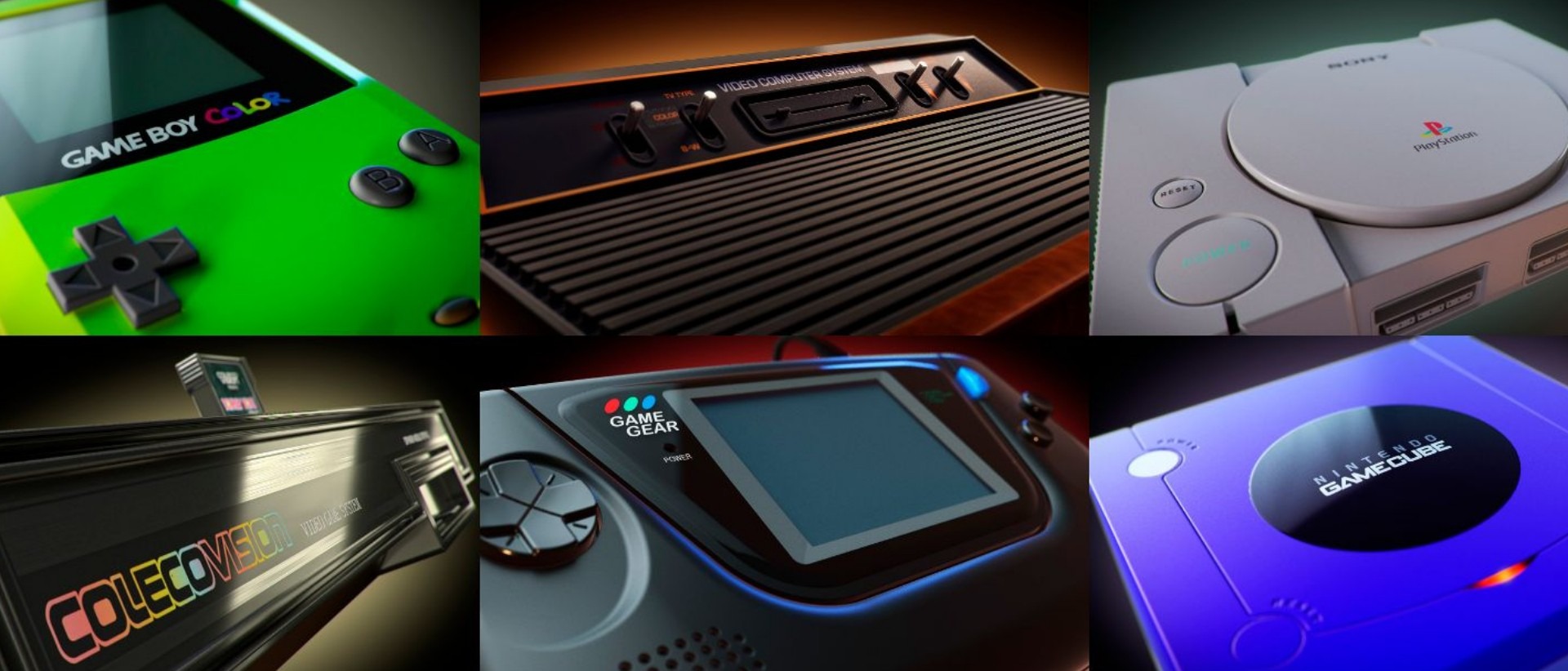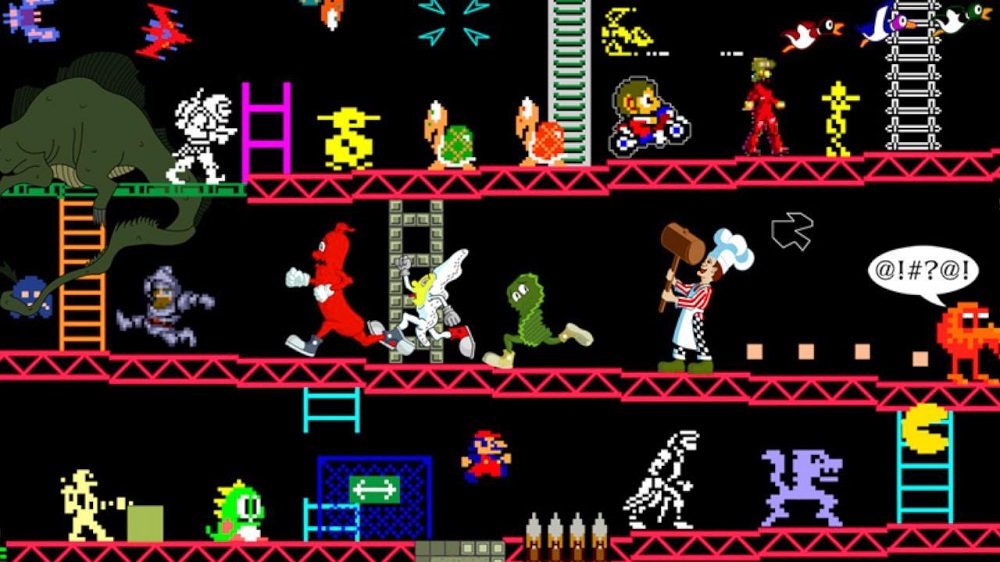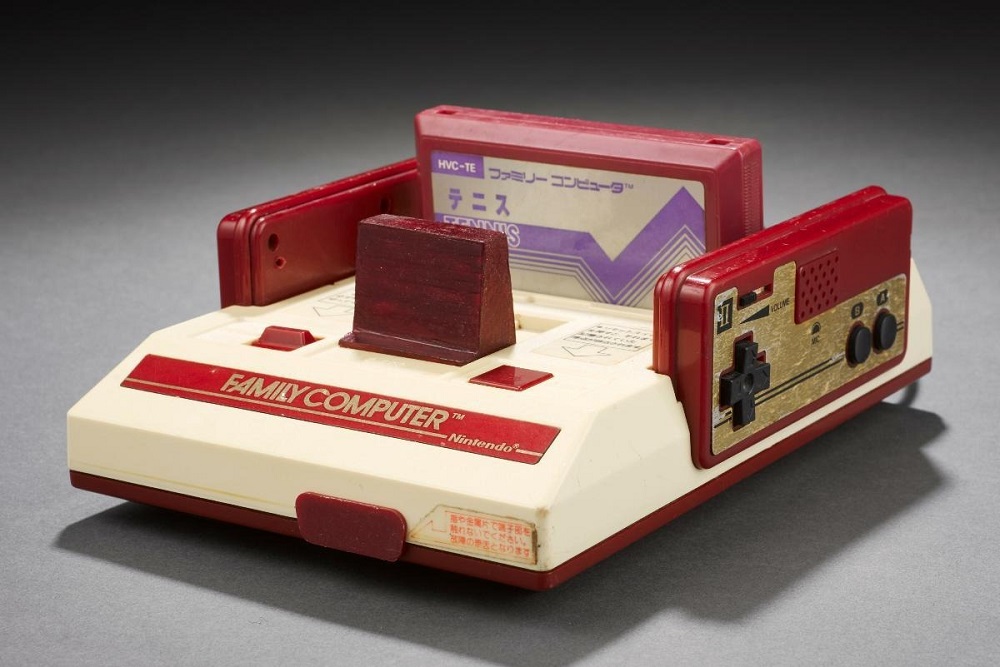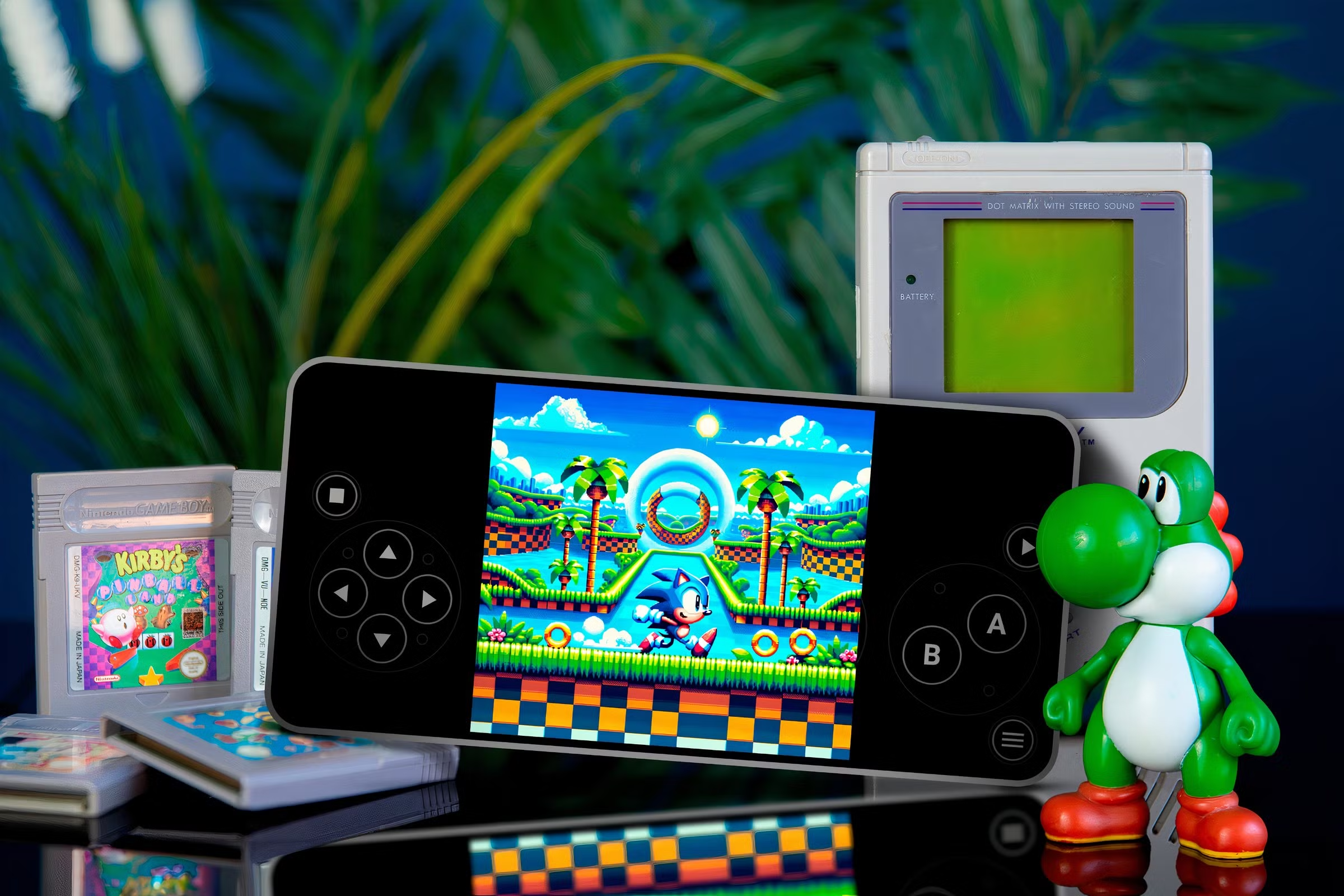For many of us, childhood memories live not in photos or videos — but in pixels. The sound of the Super Mario Bros. theme, the chime of Zelda’s item pickup, the flicker of a CRT glow — these are the imprints of a generation.
But as cartridges fade, consoles die, and discs decay, one question looms: how do we keep those memories alive?
The answer lies in one of gaming’s most controversial yet essential innovations — emulation.
At Oldies Nest, we explore how emulation transformed from a niche technical curiosity into the cornerstone of video game preservation, giving retro titles new life in the modern era — and saving gaming’s past from disappearing forever.
The Problem: Gaming’s Fragile History
Unlike books, films, or music, video games are tied to hardware dependency. A game made for the NES can’t be played without an NES — and those systems are breaking down every year.
The Challenges of Preservation:
- Hardware Degradation – Capacitors leak, chips corrode, plastics warp.
- Proprietary Formats – Each console had unique architectures, making restoration complex.
- Licensing & Legal Barriers – Publishers often block re-releases due to expired rights or lack of financial incentive.
- Digital Ephemerality – Even modern digital libraries can vanish overnight when servers shut down.
Without intervention, entire eras of gaming history could be lost — and that’s exactly where emulation stepped in.
Saving video games isn’t just nostalgia — it’s cultural preservation. And emulation is the tool making it possible.
What Is Emulation, Really?
In simple terms, emulation is the process of mimicking one system’s hardware and software so it can run on another.
An emulator recreates the behavior of a console — the CPU, GPU, sound chip, memory access — allowing original game ROMs to function exactly as they did decades ago.

- NES → Nestopia, FCEUX
- SNES → ZSNES, Snes9x, bsnes
- PlayStation → ePSXe, DuckStation
- N64 → Project64, Mupen64Plus
Each emulator acts as a digital museum, faithfully reproducing the quirks, bugs, and even input delays of the original machine.
This accuracy isn’t just technical perfectionism — it’s historical authenticity.
The Birth of Emulation: From Hobby to Revolution
The origins of emulation trace back to the mid-1990s, when hobbyist programmers began reverse-engineering old consoles to understand their architecture.
What started as underground projects soon became a movement.
Milestones in Early Emulation:
- 1996: Nesticle — the first widely used NES emulator, introducing save states and screenshots.
- 1997: ZSNES and NESticle bring smooth 16-bit emulation to PC.
- 1999: Bleem! offers PlayStation emulation on personal computers, triggering legal battles with Sony.
Ironically, those lawsuits gave emulation massive publicity. The public began to realize that emulation wasn’t just piracy — it was digital archaeology.
And just like that, a preservation movement was born.
Saving What Companies Forgot
Many classic games were never re-released, remade, or archived. Emulation became the only way to access forgotten titles like Mother 3, Panzer Dragoon Saga, or Snatcher.
Through emulation, rare and region-locked games became available to global audiences — finally breaking free from the constraints of geography and limited print runs.
In that sense, emulators filled a moral gap left by the industry itself.
As one preservationist put it:
“If publishers won’t save their history, the fans will.”
The Role of ROM Archiving
While emulation provides the “player,” ROMs (Read-Only Memory images of the games) are the “content.”
ROM preservation projects like No-Intro, TOSEC, and Redump meticulously document and verify dumps of every cartridge and disc version.
They’re not just collecting — they’re cataloging cultural DNA.
Each checksum, each file name, represents part of gaming’s genetic record.
These databases form the backbone of legal preservation initiatives used by libraries, historians, and even companies revisiting their own archives.
From Illegal to Essential: Changing Perceptions
For years, emulation lived in a gray area between innovation and infringement.
In the late 1990s and early 2000s, gaming companies saw emulation as piracy, and lawsuits flew fast. Yet over time, the tide shifted.
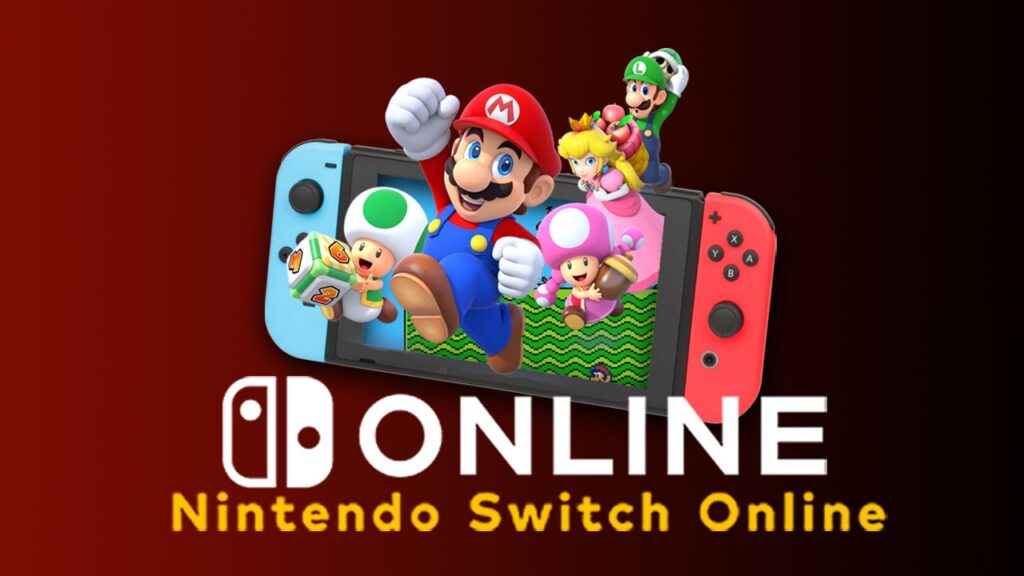
Today, official projects like:
- Nintendo Switch Online (NSO)
- PlayStation Classic and PSN re-releases
- Analogue’s FPGA consoles
—all rely, at least partially, on emulation technology.
What was once “underground” is now the foundation of official preservation strategies.
The very thing companies once fought against is now the technology keeping their legacy alive.
Emulation as Accessibility
Emulation isn’t just about saving games — it’s about sharing them.
A kid born in 2010 can now experience Chrono Trigger or Sonic the Hedgehog without tracking down fragile, expensive cartridges.
In a world where original hardware is prohibitively costly, emulation democratizes nostalgia.
It also enables educational programs — museums, universities, and research centers now use emulators to teach game design history, studying how early developers innovated within tight constraints.
It’s not just play — it’s pedagogy.
Accuracy vs. Convenience: The Modern Debate
As emulation matured, it split into two schools of thought:
- Accuracy-focused emulators like bsnes and MAME, preserving original timing and behavior for historians and purists.
- Convenience-based emulators like RetroArch and OpenEmu, offering usability, shaders, and controller integration for casual players.
Both serve vital roles — one protects the past, the other keeps it playable.
And as How Emulators Keep Retro Games Alive highlighted, accessibility ensures preservation remains relevant, not just possible.
Legal and Ethical Tightrope
Of course, emulation still faces complex legal challenges. While writing or using an emulator is legal in most regions, distributing copyrighted ROMs often isn’t.
But here’s the paradox:
If fans hadn’t preserved those ROMs, many classic titles would’ve been lost before companies cared enough to save them.
It’s a gray area where legality and morality diverge — a space where community-driven preservation often outpaces corporate responsibility.
And while ethical emulation (using backups of owned games) is ideal, the truth is that fan-led archiving kept the history alive when no one else would.
The Human Side of Emulation
Behind every emulator is a group of passionate developers — programmers, sound engineers, and artists working not for profit, but for legacy.
These enthusiasts recreate chips, trace circuitry, and test every byte of timing to make sure Super Metroid plays exactly as it did on original hardware.
Their work preserves experience, not just data.
It’s the same spirit that drives collectors and historians alike — the belief that games aren’t disposable software, but cultural artifacts worth saving.
When Fans Become Historians
Communities like Archive.org, MAMEdev, and RetroArch have become digital museums.
They catalog not only games, but instruction manuals, box art, and advertisements — creating holistic archives of gaming’s evolution.
As explored in Why Physical Media Still Matters for Retro Games, tactile objects connect us emotionally to the past. Emulation builds the digital equivalent — a museum you can interact with, not just observe.
It’s not replacing the past — it’s restoring it.
Conclusion: The Emulator as Time Machine
Emulation changed everything — not just how we play, but how we remember.
It’s the reason a kid in 2025 can experience The Legend of Zelda as vividly as someone did in 1986. It’s the reason no game, no matter how obscure, is ever truly lost.
Yes, it’s imperfect. Yes, it’s controversial. But it’s also one of the greatest cultural preservation efforts in modern history — built not by corporations, but by communities who refused to forget.
Because in the end, emulation isn’t about copying code — it’s about keeping the soul of gaming alive.
